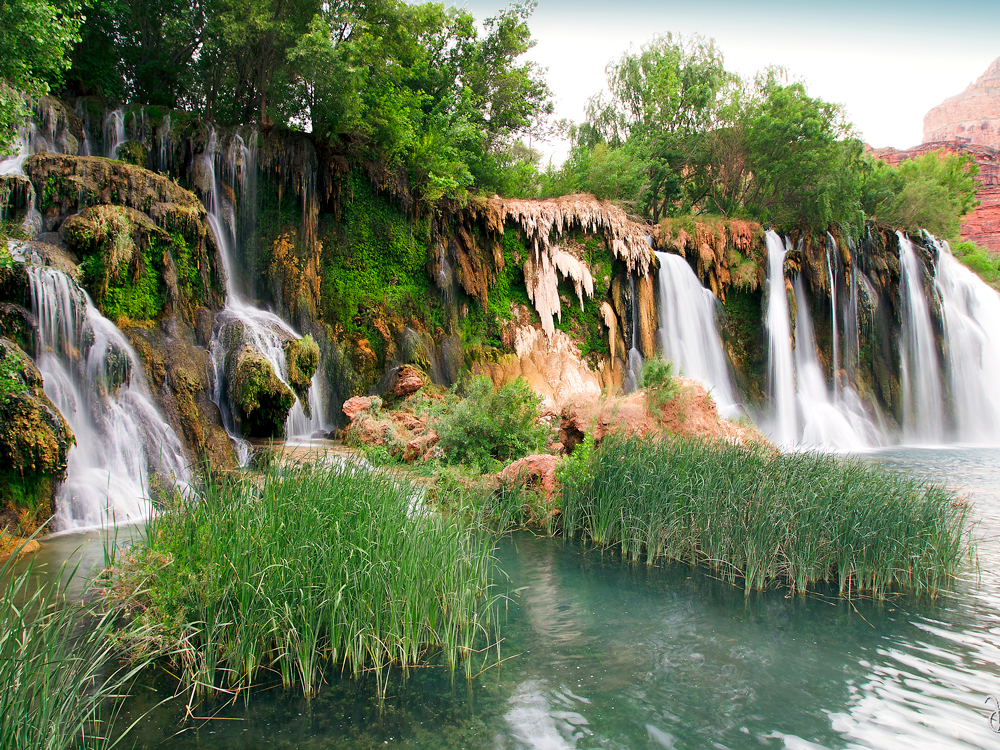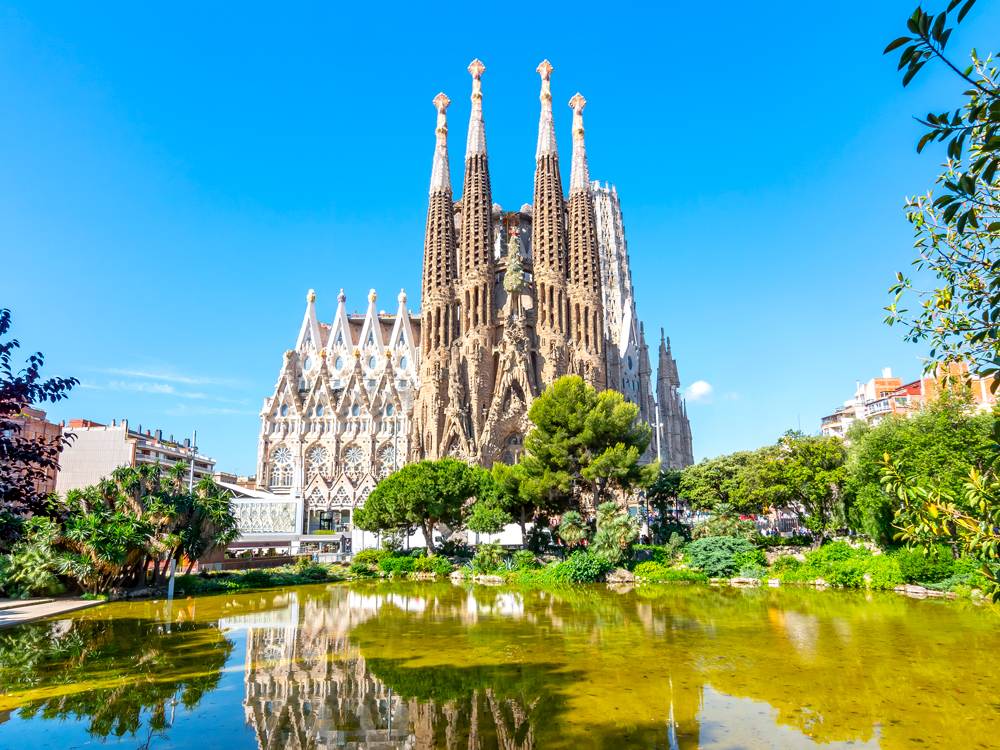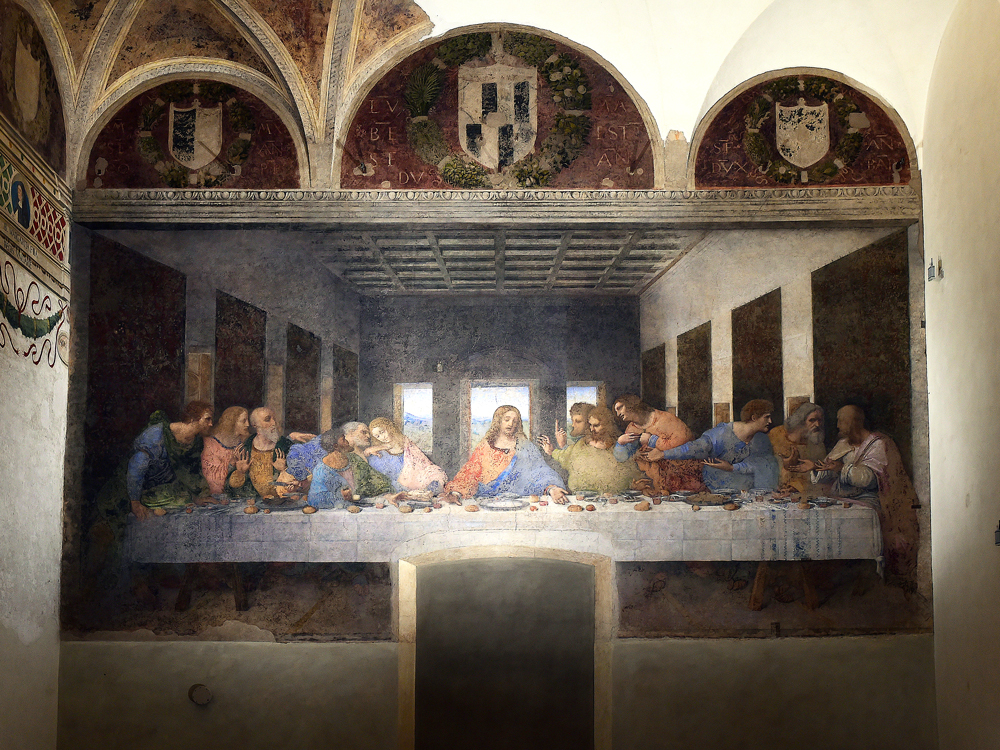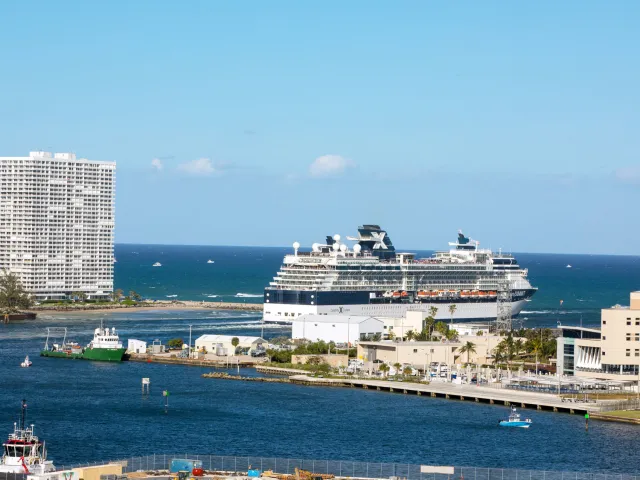Most travelers are familiar with booking reservations and tours in advance of their trip, but some tourist sites are so popular and exclusive that visits must be booked months, if not years, in advance. Although these special places require careful planning and coordination, they are well worth the effort required to visit. From mystical caves in the jungles of Vietnam to jaw-dropping European churches, here’s how to book a visit to six of the best tourist attractions with a waitlist.
Hang Son Doong – Phong Nha-Ke Bang National Park, Vietnam

The world’s largest cave is an awe-inspiring wonder tucked deep into the jungles of Vietnam. Hang Son Doong has only seen around 5,000 visitors since the cave first opened in 2013 due to its remote location and challenging terrain, but the trek to get there is part of the adventure. Visiting the cave requires a multi-day guided hike that books up around six to 12 months (or longer) in advance. The massive cavern — over three miles long and up to 650 feet high — is so large that it has its own weather system and clouds, a tropical forest, and an underground river, making visitors feel like they’ve entered another world.
Havasu Falls – Arizona, United States

This stunning turquoise waterfall is located in the Grand Canyon region of northern Arizona on the Havasupai Indian Reservation. Havasupai translates to “people of the blue-green waters,” an apt name for a tribe associated with these beautiful, secluded falls. Thousands visit here annually, but this private land requires a permit to access, and purchasing a pass can be a competition during peak season. Day hiking is not allowed (all visits require at least a one-night stay), and all visitors must have a permit for camping. Accessing the falls also requires a rigorous eight-mile hike, but the breathtaking views are a worthy payoff. Pass availability for the season goes live online every February, but be warned — they usually book up several months in advance.
Sagrada Família – Barcelona, Spain

Visitors to Catalonia’s vibrant capital can’t miss its most famous landmark: La Sagrada Família, Antoni Gaudí’s whimsical Roman Catholic church that’s been under construction since 1883. For a truly unique experience, however, visitors can reserve a time slot to climb one of the church’s famous towers for a bird’s-eye-view of Barcelona from 213 feet up. These timed entries book up days to weeks ahead of time in the off-season and even further out during peak tourist season (July through September), but for those lucky enough to get a spot, you can even choose which tower you climb.
Machu Picchu – Urubamba, Peru

Peru’s most famous monument, the 15th-century Incan citadel of Machu Picchu, is perched on a hilltop overlooking the Urubamba River valley, high in the Andes Mountains. A limit on daily tourists has been enacted to preserve this incredible historic site, with an allotment of 3,040 to 5,600 daily tickets. (In comparison, the Louvre museum in Paris, France, caps its daily admissions to 30,000). Online reservations are recommended because tickets sell out so quickly. Even more exclusive is the Inca Trail, a popular four-day hiking trail to Machu Picchu which only grants 500 permits daily. There are much faster ways to visit the ruins, including by train and bus, but these also require reservations — so plan accordingly.
Leonardo da Vinci’s The Last Supper – Milan, Italy

One of da Vinci’s masterpieces, The Last Supper is a late 15th-century mural on the wall of the Santa Maria delle Grazie church in downtown Milan. The UNESCO World Heritage Site has a daily limit for visitors, so tickets should be booked far in advance. Because the work of art is a mural, it cannot be protected as easily as a framed painting could be. The conservation team is working hard to preserve it, which means they must limit its exposure. Tickets go on sale in three-month cycles and must be booked online. They typically sell out quickly, and even if you snag a ticket, you are only allowed 15 minutes with the mural before your group is ushered out. Each time slot is limited to 35 people, so around 1,000 people can visit daily.
Galápagos National Park – Galápagos Islands, Ecuador

The plants and animals of the remote Galápagos Islands are so unique that they famously inspired Charles Darwin’s theory of evolution in the early 19th century. Visitors today must plan well in advance to encounter the incredible endemic species living on this volcanic archipelago, including fur seals, marine iguanas, and giant tortoises. The national park comprises 97% of the island country, so most of the country is protected under the park service, and guests must follow all park regulations. All visitors must also pay a $200 entry fee, which goes toward park preservation. Boat tours are a popular way to see the island, but due to conservation efforts, there are passenger limits for every tour. Privately owned boats are only permitted to dock at main ports, so visitors must book with tour companies to see the best sites on the islands.
More from our network
Daily Passport is part of Optimism, which publishes content that uplifts, informs, and inspires.























